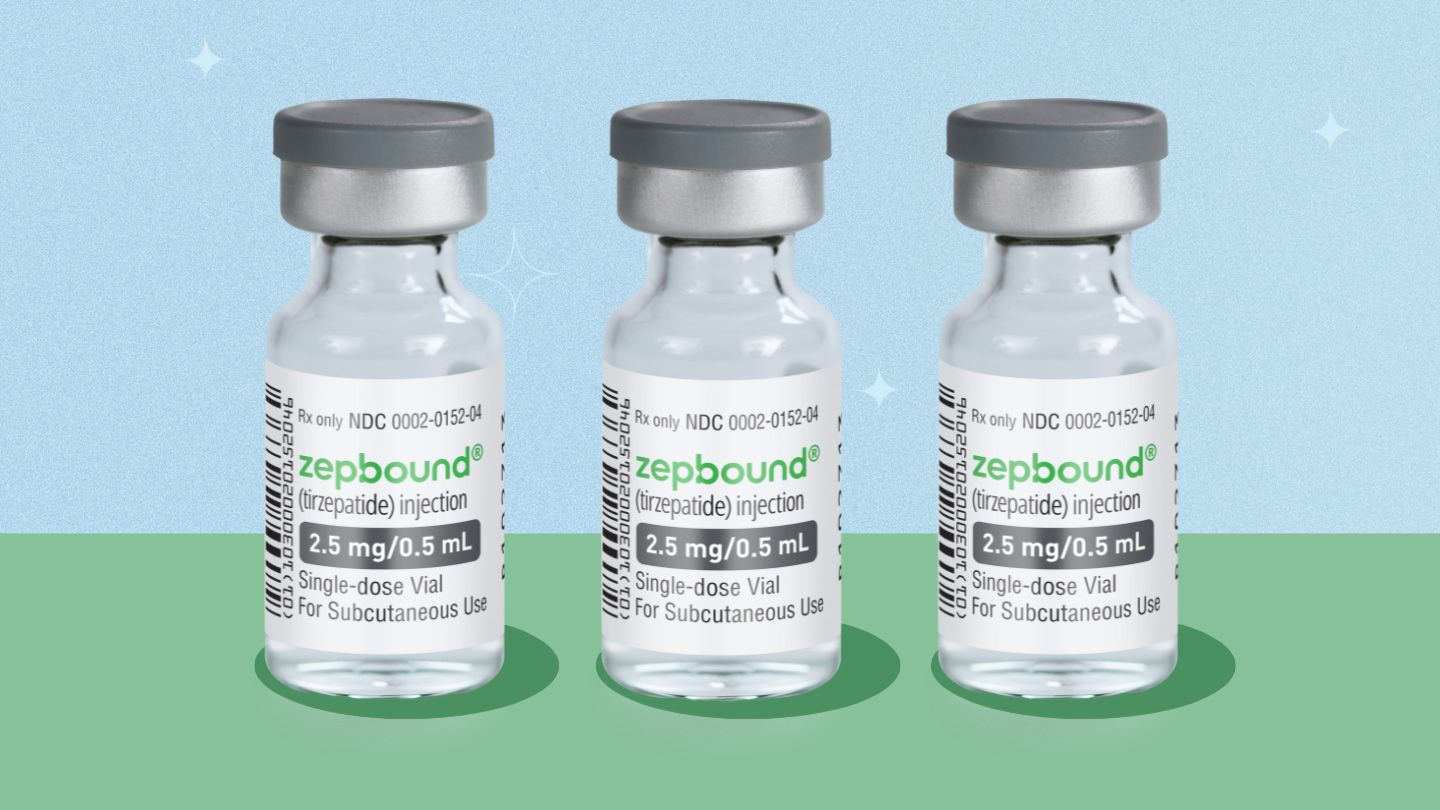Most people don't realize that a tiny balloon can be the key to unlocking a blocked heart artery and getting you back to feeling normal again. In a single, minimallyinvasive session a cardiologist can open the narrowed vessel, often place a supportive stent, and send you home within a day. Below you'll find the straighttothepoint rundown of what balloon angioplasty really is, when it's the right choice, the upside and the downside, and how the whole process looks from start to finish. Let's dive in together.
What Is Balloon Angioplasty
Balloon angioplastysometimes called percutaneous coronary intervention (PCI) or PTCAis a procedure that uses a small, deflated balloon mounted on a thin catheter. The doctor threads the catheter through a blood vessel (usually in the wrist or groin) until it reaches the spot where a heart artery blockage is holding up blood flow. When the balloon reaches the narrowed segment, it inflates for a few seconds, gently pressing the plaque against the artery wall and widening the passage.
In many cases the doctor follows the balloon inflation with a balloon stenta tiny metal mesh that stays in place to keep the artery open. The whole technique is sometimes referred to as coronary angioplasty when it's performed on the coronary arteries supplying the heart, but the same principle applies to peripheral vessels in other parts of the body (that's why you'll also see the term vascular surgery pop up in related discussions).
When Is It Recommended
Not every chest pain or heartrelated symptom calls for an invasive fix, but here are the scenarios where most cardiologists say balloon angioplasty is the clear winner:
- Stable or unstable angina: Daily or occasional chest pressure that isn't relieved by medication alone.
- Acute myocardial infarction (heart attack): When a blockage is severe enough to threaten heart muscle.
- Significant coronary artery blockage: Typically 70% or more narrowing, confirmed by an angiogram.
- Peripheral artery disease: Balloon angioplasty can also open narrowed leg or kidney arteries, though a specialist in vascular surgery usually handles those cases.
Doctors run a quick eligibility checklist: adequate vessel size, manageable calcification, and overall health that supports a short hospital stay. If you're unsure, a conversation with your cardiologist can quickly flag whether you fit the bill.
Benefits You'll See
When everything goes smoothly, the payoff is pretty impressive:
- Immediate symptom relief: Most patients notice a drop in chest pain and can walk further without stopping.
- Fast recovery: Many people are back home the same day or after an overnight stayno long scar, no major surgery.
- Lower longterm heartattack risk: Pairing the balloon with a drugeluting stent can cut the chance of a future attack, according to research from the Cleveland Clinic.
- Costeffective: Compared with openheart surgery, the procedure requires less hospital time and generally carries a lower price tag.
All of this makes balloon angioplasty an attractive option for many folks who want quick relief without the baggage of a major operation.
Risks & Complications
Nothing in medicine is without risk, and balloon angioplasty is no exception. Here's the balanced rundown so you can weigh the pros against the cons:
- Minor sideeffects: Bruising, a sore entry site, or a little bleedingusually resolved with a simple bandage.
- Arterial dissection or perforation: A rare tear in the artery wall that may need additional treatment.
- Acute vessel closure (restenosis): The artery can close again soon after the balloon is deflated, though the use of stents dramatically reduces this risk.
- Heart rhythm disturbances: Occasionally the heart may develop an irregular beat during the procedure.
- Contrastinduced kidney injury: The dye used for Xray imaging can stress the kidneys, especially in people with preexisting kidney disease.
- Longterm restenosis: Without a stent, about 30% of arteries narrow again; with a baremetal stent the number drops to ~20%; a modern drugeluting stent can keep it under 5% (Stanford Health Care).
Your doctor will mitigate many of these risks through antiplatelet medication, careful imaging, and choosing the right type of stent for your anatomy.
Full Procedure Walkthrough
| Step | What Happens? | Tips for You |
|---|---|---|
| Preprocedure | Fasting, blood tests, ECG, medication review. | Bring a list of current meds, arrange a ride home. |
| Anesthesia & Access | Local anesthetic; catheter inserted via wrist (radial) or groin (femoral). | You'll feel pressure, not pain; the site is quickly bandaged. |
| Catheter Navigation | Fluoroscopy (realtime Xray) guides the catheter to the blockage; contrast dye highlights the artery. | Hydrate afterwards to help flush out the dye. |
| Balloon Inflation | The balloon inflates for 1030 seconds, flattening plaque. | You may feel a brief pressure in your chest. |
| Stent Deployment (if needed) | Balloon expands a metal mesh (stent); balloon then deflates and is removed. | Doctor prescribes antiplatelet drugs to keep the stent open. |
| Closure & Recovery | Bandage applied, vitals monitored; you're cleared to go home once stable. | Rest, avoid heavy lifting for 48hours. |
That's the whole journey in a nutshellno glorified jargon, just a clear roadmap of what you'll experience.
Recovery & AfterCare
Once you're home, the "real" part of healing begins. Here's a cheatsheet to keep you on track:
- Hospital stay: Many patients leave the same day; some stay overnight for observation.
- Medication: Aspirin for life plus a second antiplatelet (clopidogrel, ticagrelor, etc.) for 612months, as advised by your cardiologist.
- Activity timeline: Light walking the day after, driving after 24hours (once the IV line is gone), and most people return to office work within a week.
- Warning signs: New chest pain, excessive bruising at the puncture site, fever, or sudden swellingcall your doctor right away.
- Lifestyle boost: Pair the procedure with hearthealthy habits (balanced diet, regular moderate exercise, quitting smoking) for the best longterm outcome.
Remember, the medication plan is crucial. Skipping the antiplatelet pills is a leading cause of stent thrombosis, a serious complication that can reverse all the benefits you just earned.
Comparing Treatment Alternatives
| Option | Invasiveness | Typical Use | Recovery Time | Key Pros | Key Cons |
|---|---|---|---|---|---|
| Balloon Angioplasty Stent | Minimally invasive | Coronary blockages, selected peripheral lesions | 1day1week | Quick, less scar, lower upfront cost | Risk of restenosis, need for antiplatelet meds |
| Coronary Artery Bypass Graft (CABG) | Openheart surgery | Multivessel disease, leftmain disease | 57days hospital + weeks rehab | Very durable, lower repeatintervention rate | Longer stay, higher initial risk, bigger scar |
| DrugCoated Balloon Only | Minimally invasive | Smallvessel disease, patients intolerant to stents | Same as angioplasty | No permanent metal, shorter dualantiplatelet duration | Limited data for large arteries |
Choosing the right path depends on your specific anatomy, how many vessels are involved, and your personal health goals. A candid chat with your heart team will bring all the facts to the table.
Patient RealWorld Experiences
John, 58, retired teacher: "I was walking up the stairs at my grocery store and felt this crushing chest pain that wouldn't go away. After a quick angiogram, the doctor said I needed a balloon angioplasty. I was nervous, but the whole thing lasted about an hour, and I was home that evening. Two weeks later I was back to gardening without a single ache."
Maria, 48, avid runner: "My doctor found a 70% blockage in a leg artery. Instead of a big surgery, they did a peripheral balloon angioplasty. I was out of the hospital the next day and ran a 5K two weeks later. The only thing I had to remember was the bloodthinner pills for a few months."
Stories like these remind us that behind every procedure there's a person, a life, and a new chapter of health.
Conclusion
Balloon angioplasty offers a fast, minimally invasive route to open up a blocked heart artery, relieve pain, and cut the odds of a future heart attack. When paired with a modern stent, the results are often durable; when the procedure isn't the perfect fit, alternatives like bypass surgery or drugcoated balloons are ready. The key is to understand both the bright sidequick recovery, immediate reliefand the realistic risks, then partner with a knowledgeable cardiology team to decide what's best for you.
Got questions about the process, or want to share your own experience? Drop a comment below or reach out to your doctor. You deserve clear, trustworthy information, and together we can make the hearthealth journey a little less daunting.
FAQs
What does the balloon angioplasty procedure involve?
The doctor threads a thin catheter with a deflated balloon to the narrowed artery, inflates it to flatten plaque, and often places a stent to keep the vessel open.
How long is the recovery period after balloon angioplasty?
Most patients go home the same day or after an overnight stay, resume light walking within a day, and return to normal activities within a week.
Are there alternatives to balloon angioplasty for blocked arteries?
Yes. Alternatives include coronary artery bypass graft (CABG) surgery, drug‑coated balloons, and in some cases medication management or lifestyle changes.
What are the most common risks associated with balloon angioplasty?
Typical risks include bruising or bleeding at the entry site, arterial dissection, temporary re‑narrowing (re‑stenosis), heart rhythm disturbances, and contrast‑induced kidney stress.
Will I need to take medication after balloon angioplasty?
Patients are usually prescribed lifelong low‑dose aspirin plus a second antiplatelet drug (e.g., clopidogrel) for 6‑12 months to prevent stent clotting.
Disclaimer: This article is for informational purposes only and does not constitute medical advice. Always consult with a healthcare professional before starting any new treatment regimen.
Related Coverage
Intermittent fasting may impact heart health positively or negatively. Find out how it affects your cardiovascular system and what’s safest for you....
Limiting egg intake and following a heart-healthy diet can help manage peripheral artery disease progression and reduce risks of related cardiovascular complications....
The Ross procedure aortic valve replacement uses your own pulmonary valve, delivering lasting results without blood thinners....
Find safe and effective exercises for heart disease that help older adults stay healthy, strong, and energized without overexertion....
Wegovy shows potential to help Crohn's disease patients struggling with unintended weight loss, malnutrition, and cardiovascular risks....
Heart disease can manifest through surprising physical signs like skin changes, swelling, vision issues, and more before diagnosis. Learn subtle symptoms....
Learn about lipoprotein(a) or Lp(a), a genetic cholesterol that raises heart disease risk when elevated. Get screened and understand your levels....
Is your heart struggling to pump blood effectively? Find comprehensive information on congestive heart failure, its symptoms, causes, and available treatments....
Can coughing spur premature ventricular contractions, also called PVCs? Learn why coughing can cause extra, skipped heartbeats in some people and when PVCs may indicate an underlying heart condition requiring evaluation....
If you notice sudden indentation on your arm, it may signal heart disease. Learn about the connection between arm dents and clogged arteries, and what to do....







